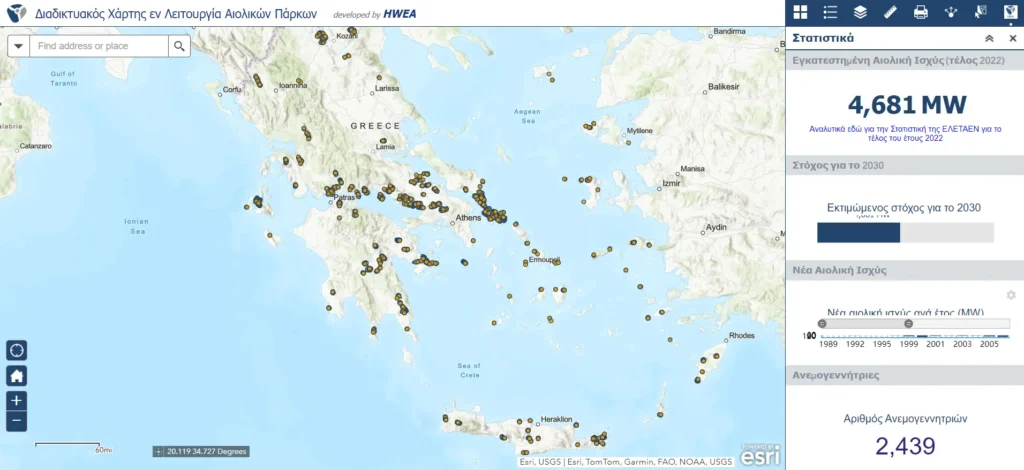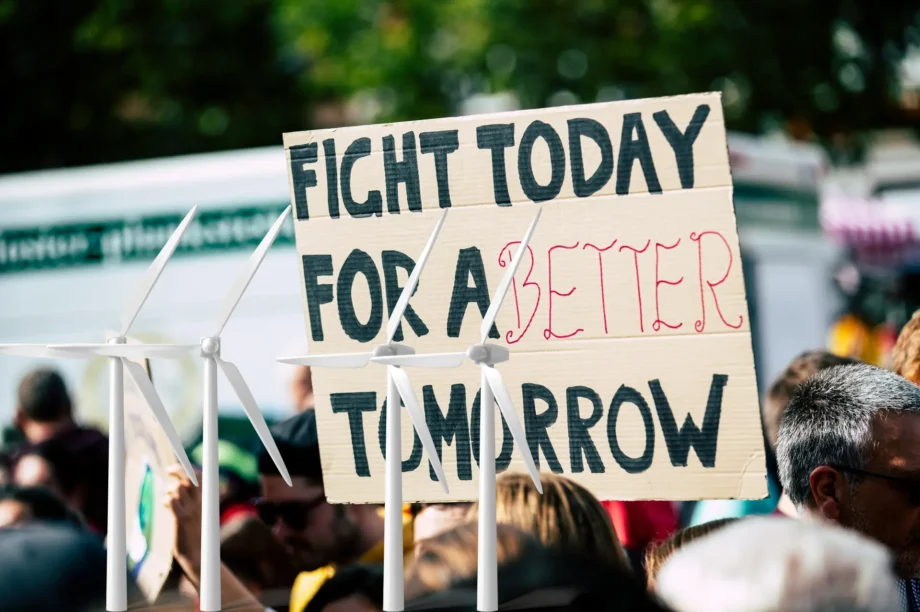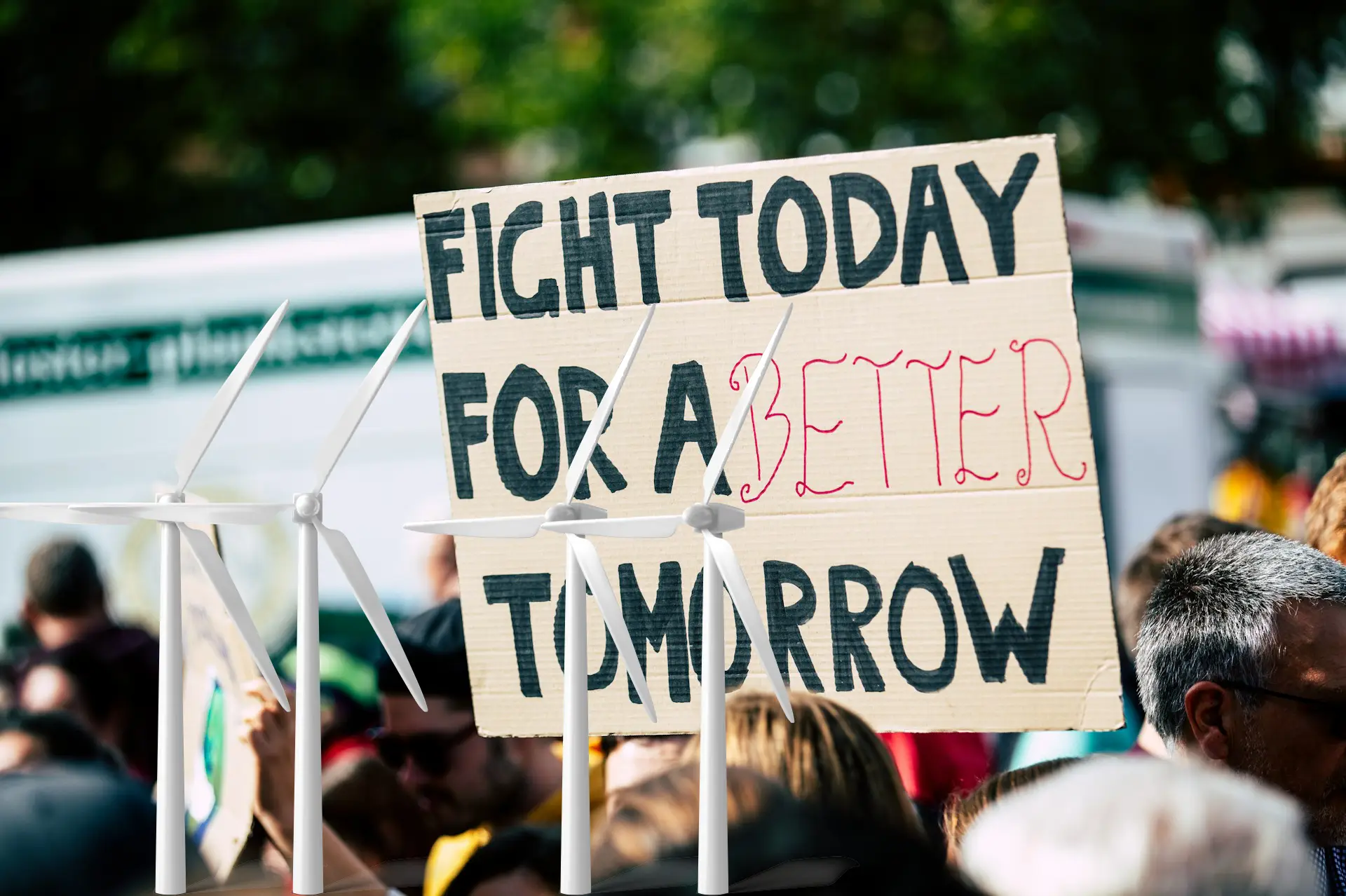In recent years, Greece has seen a surge in renewable energy initiatives, with a particular focus on harnessing the power of wind. However, amid the push for sustainable solutions, there has been a notable undercurrent of opposition to wind energy development in the country. This article delves into the multifaceted aspects of the opposition, examining the concerns, perspectives, and the broader landscape of wind energy discourse in Greece.
Navigating Opposition to Wind Turbines in Greece: Unveiling Concerns and Progress
In Greece, the implementation of wind turbines, despite their environmental benefits, has encountered notable opposition in certain regions. Today, we delve into the deep-seated concerns that have fueled resistance to wind turbines, shedding light on various factors contributing to this opposition.
- Visual Impact: One of the predominant concerns voiced against wind turbines is their visual impact on the landscape. Critics argue that these towering structures disrupt the natural aesthetic and scenic beauty of the surroundings. In response, technological advancements have been made to design and camouflage wind turbines, aiming to blend them harmoniously with their environment. Additionally, the development of offshore wind farms strategically places these structures away from the immediate view of residents and tourists, addressing concerns about visual intrusion.
- Noise Pollution: Noise pollution emerges as another significant concern associated with wind turbines. Despite efforts to design modern turbines for quiet operation, the sound of spinning blades can be audible, particularly in close proximity to residential areas. Studies indicate that the noise levels generated fall within acceptable limits set by health authorities. Ongoing technological innovations focus on enhancing noise reduction mechanisms, ensuring minimal disruption to nearby communities.
- Effect on Wildlife: Opponents often express concerns about the potential impact of wind turbines on wildlife, particularly bird populations. While bird collisions with turbines occur, they represent a fraction of overall bird mortality rates caused by various human-related activities. Collaborative efforts between developers and environmental organizations aim to implement stringent regulations and best practices. These initiatives include careful site selection and ongoing monitoring to protect vulnerable bird species, demonstrating a commitment to balancing renewable energy goals with environmental conservation.
- Property Values: There exists a perception among homeowners that the presence of wind turbines negatively affects property values. However, studies investigating this concern have found no substantial evidence supporting the notion that wind turbines cause a decline in property values. In fact, some studies suggest that landowners hosting wind turbines receive lease payments, positively impacting overall property value. This challenges misconceptions and highlights the potential economic benefits for those living in proximity to wind energy projects.

Source: https://eletaen.maps.arcgis.com/
The Most Critical Factors to Wind Energy Opposition
Project characteristics play a pivotal role in shaping public support or opposition to wind energy initiatives. Elements such as the overall project size and the dimensions of turbines, including their height, have been identified as influential factors. Existing research has demonstrated a correlation between noise levels, disruptions to the viewscape, and project size, predicting increased opposition.
Aesthetics, a subjective but crucial factor, consistently emerge as a key determinant of support for wind projects. Studies suggest that individuals perceive turbines as more visually appealing in motion than when static, particularly in regions with higher wind speeds, potentially fostering greater support and, concurrently, stimulating economic activity.
Moreover, the geographical location of wind projects is a significant variable affecting public support. Regional attitudes toward wind energy can vary, with some areas demonstrating more receptivity while others may exhibit hostility. Proximity to wind energy facilities has been found to influence support levels, with individuals living closer expressing less favorable opinions.
Interestingly, wind projects situated in remote areas may encounter higher levels of support. The local land use also plays a role, as seen in studies correlating lower opposition to wind projects with regions characterized by production-oriented farming and fewer natural amenities.
Consideration of setbacks, determining the required distance between wind turbines and homes, roads, or property lines, adds another layer of complexity. Research on setbacks yields mixed results, as overly large setbacks can effectively prohibit wind projects in a region, limiting their feasibility.
On the contrary, relaxed local setback ordinances might facilitate increased wind development but potentially trigger larger public opposition. Striking a balance between these factors is crucial for the successful implementation of wind projects, addressing both aesthetic and practical concerns while fostering community support.
Beyond physical and aesthetic considerations, the social dimension plays a crucial role in shaping public perception of wind energy projects. Additional research indicates that the perceived fairness and equity, especially in local decision-making processes, are pivotal factors influencing opposition levels. Lack of fairness can significantly contribute to negative public sentiment towards wind projects.
For instance, studies by Mills et al. underscore the impact of perceived fairness in the planning process. Residents are more likely to support wind projects when they perceive the decision-making procedures as equitable, with a sense that benefits are distributed fairly among the community. This insight emphasizes the importance of fostering transparent and inclusive decision-making processes at the local level to garner community support and mitigate opposition. Achieving a sense of fairness in project planning can contribute positively to the overall acceptance of wind energy initiatives within communities.
Beyond the Blades: Analyzing the Deep-rooted Concerns & Considerations
In our endeavor to comprehend the factors influencing the intensity of opposition to wind projects, we devised an “opposition score.” This score serves as an intensity measure, ranging from 0 to 5, representing the number of opposition tactics employed to resist a specific project. To illustrate, a project with an opposition score of 5 signifies a comprehensive resistance effort involving elements such as a court case, legislative actions, physical protests, and letters to the editor.
Conversely, a project with an opposition score of 0 indicates the absence of these specific tactics in opposition efforts. This scoring system provides a nuanced assessment of the varying degrees of opposition intensity across different wind projects.








